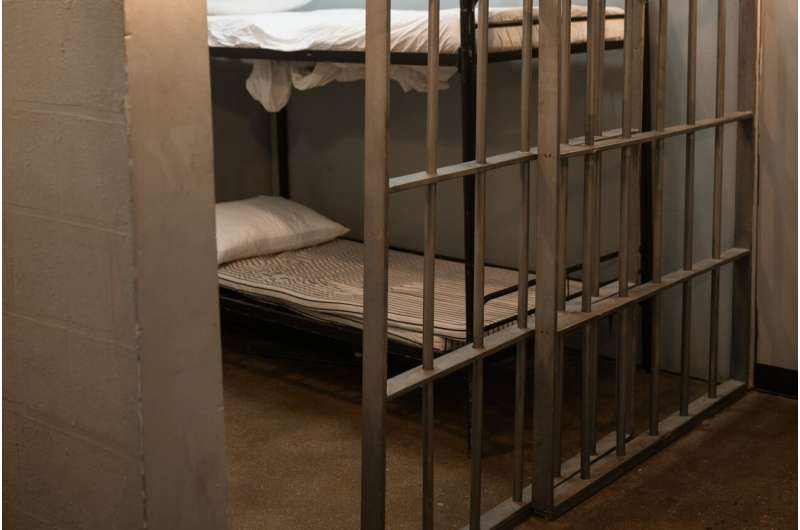Credit: RDNE Stock project from Pexels
"It was like walking through the gates of hell." That's what one visitor to a prison told us about their experience. It can be a traumatic and stressful event. Family members of first-time prisoners are most often left in a state of uncertainty about what happens next. This is coupled with the feelings of loss, devastation, and disbelief, as explained by one participant in our research:
"It was a smack in the face. I was not expecting it at all […] I was pretty devastated and felt pretty alone and vulnerable. I had no idea what went wrong."
We found misinformation and limited information of visitation rules and processes help create such negative experiences for visitors. Some stopped going altogether.
This is important to address because visitation is a crucial factor in helping prevent re-offending, but also to maintaining good mental health for those behind bars.
Visits crucial for prisoners
In 2021 and 2022, our research team conducted in-depth interviews with 21 participants from across Australia about the barriers to prison visitation and what their visiting experiences were like.
We wanted to investigate this because of the high rates of recidivism among Australian prisoners. Visitation has been shown to help with this.
42.7% of prisoners in Australia are reincarcerated within two years.
We also know that prison visitation has been found to reduce prisoners' risk of reincarceration by 26%. Despite this, most prisoners never get any visitors.
Having visitors while in jail has other benefits too. For one, it helps prisoners to conform to prison life.
It also reduces prison violence, mental health problems, suicidal tendencies and misbehavior.
Additionally, visitation helps prisoners maintain prosocial roles (like being a parent) and build optimism for life once they're released.
We wanted to understand why prison visits might be prevented or delayed. As such, we looked at how people new to prison visitation learn to navigate the system.
Information confusing and hard to find
We found visitation rules and procedures can differ between jurisdictions and within jurisdictions. They can also be different between low, medium, and maximum prisons, and even between public and private prisons.
Furthermore, prisoners are transferred between prisons an average of three times during their sentence. Therefore, visitors may need to learn new rules each transfer.
Being new to the visitation process, most participants expressed feeling lost, overwhelmed, mentally fatigued, helpless and alone, desperate for any information. One participant told us:
"I've never had anything to do with any of this before [he] went to prison. I knew nothing about police, courts, prisons or anything. When [he] went in I was a mess because no one told me anything […] I think it was maybe day three or four of him being in there and I had the worst nightmare I've ever had about stuff, you know, happening to him in there and him being killed. Yeah, after that it was a downward spiral for me pretty fast […]"
Even before visitors needed to learn the rules and procedures, participants suffered stress from social isolation, financial hardship, the loss of their loved one and media coverage due to the court case.
Provided by The Conversation
This article is republished from The Conversation under a Creative Commons license. Read the original article.![]()























